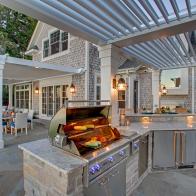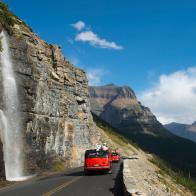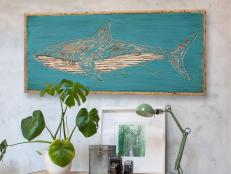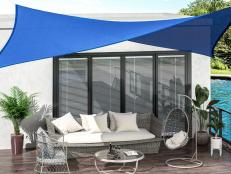Get That Small-Town Feeling Near a Big City
If you want a traditional small-town feel without moving to the middle of nowhere, consider a place like Promenade in the city of Hercules, Calif.
Built near the waterfront of the San Francisco Bay and about 20 miles northeast of San Francisco, the houses have a historical look with Victorian, Craftsman or Italianate design. All have front porches to encourage neighborliness, are built close together and garages are, in many cases, located in the back of the houses or accessible by alleyways. Streets are narrow to slow down traffic.
"In contrast to many suburban towns, we know our neighbors. And we feel it’s a very safe place for children," says Robert Reber, a city planner for Hercules who lives in Promenade with his wife and 4-year-old.
The New Urbanism Movement
Promenade is an example of a type of city planning called the new urbanism, which seeks to build or restore suburban towns to resemble small towns of the late 19th and early 20th century. A reaction against the suburban sprawl common today, new urbanist towns are planned communities near large urban centers. They have historical architecture, front porches and picket fences and are reminiscent of a time long gone. Built to encourage walking and biking rather than driving, they often have parks or a town plaza in the center of town and restaurants and small businesses within easy walking distance.
"New urbanist towns are gaining in popularity," says David Kooris, director of the Connecticut office of the Regional Plan Association, a nonprofit that promotes improved community design in the New York metropolitan area. "The philosophy goes back to the historical patterns of development of the 1920s and 1930s -- before the automobile dominated -- and it was possible to walk and bike to see your neighbors and do your daily chores."
When Promenade was completed in 2000, homebuyers snatched up the available 217 houses. In fact, all the houses in the community sold within 18 months for prices ranging from the low 400s to the mid-600s. While the pace of buying for two similar neighborhoods in Hercules has slowed a bit, the houses still have an appeal for homebuyers who want to live within commuting distance of San Francisco but also appreciate the advantages of a small town.
How It Began
The first new urbanist development in the United States was founded in 1979 by builder/developer Robert Davis on 80 acres in the planned community of Seaside, Fla., a town on the Florida Panhandle between Fort Walton Beach and Panama City. Many of the houses in Seaside are built in a bungalow style with wraparound porches and picket fences. The town has a central square surrounded by a post office, an amphitheater that hosts everything from yoga classes to theater performances and small businesses such as restaurants, ice cream shops and retail clothing shops.
"There is a certain character to houses in Seaside. But the idea of Seaside is more than cute houses; it's also a pleasurable place to inhabit, where any resident can find things happening within a quarter-mile radius of their home," says town architect Leo Casas, who notes that the commute from his Seaside home to his office is "150 yards with dog in tow."
A Growing Trend
New urbanist towns are more common in the West and Midwest, where land is more plentiful, but there are examples of small towns on the East Coast that have rebuilt themselves based on new urbanist values. In towns such as Connecticut's New Canaan, East Rutherford, N.J., and Newton, Mass., city planners have tried to revitalize their historic downtowns to provide a sense of community and more walkable neighborhoods, Korris says.
Seaside and Hercules are planning further development. In Hercules, a network of small neighborhoods interconnected by nature paths, parks and a transit center is in the works. Seaside's plan calls for slowly increasing the size of the town in a series of buildouts. But the character of the place won't be sacrificed, Casas said. "We'll continue growing, but at a slow pace. Like many small towns, nothing happens too quickly here," he said.
.-Battle-on-the-Beach-courtesy-of-HGTV.-.jpg.rend.hgtvcom.196.196.suffix/1714847929029.jpeg)












































